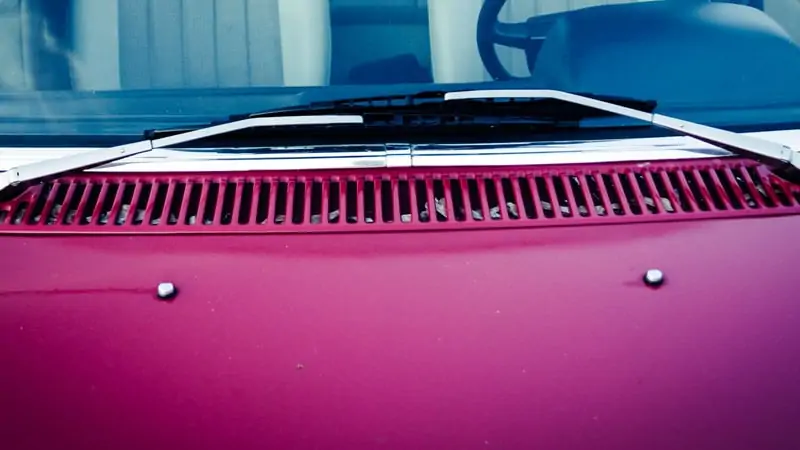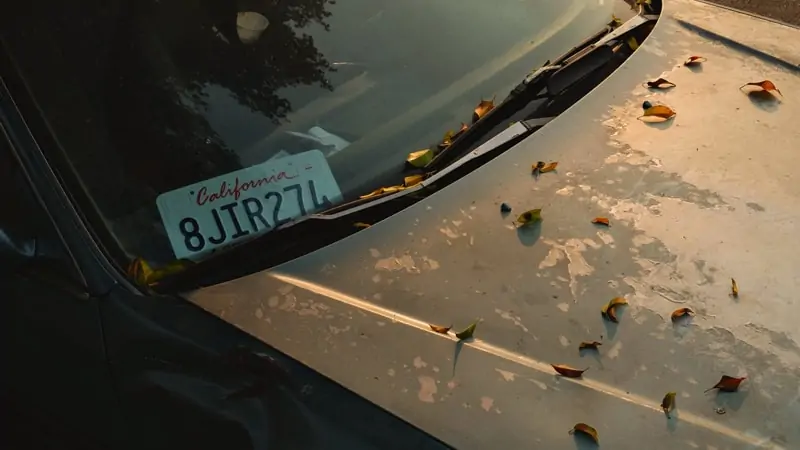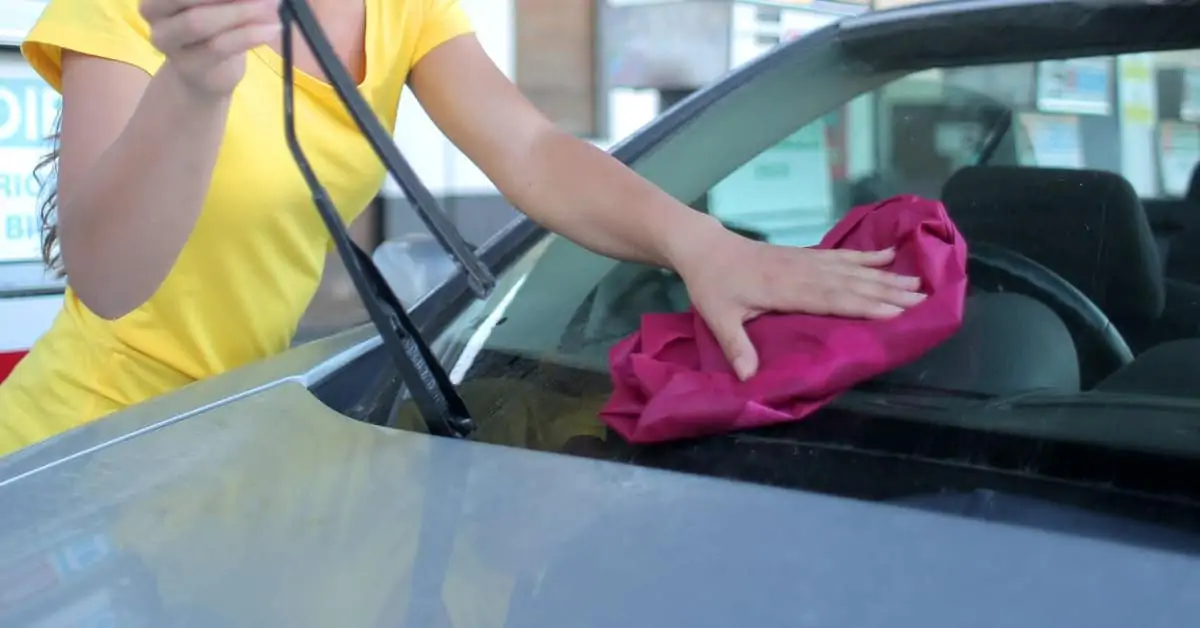The design of every car takes a lot of things into consideration. How a car interacts with the elements and environment is one factor that influences its design. What is a cowl panel, and how does it fit into a car’s design?
A cowl panel is an object that spans the width of a car. It “covers” the cowl and protects important parts of the car from damaging elements rain, and snow. They are usually made from plastic, sheet metal, or aluminum.
In this article, I will discuss where you can find the cowl panel on your car, as well as provide more details on what a cowl panel is. I also describe the purpose of a cowl panel and how to clean one.
Where Is the Cowl Panel on My Car?

The cowl panel is positioned between the back of the hood and the bottom of the windshield, above the firewall and under the base of your car’s windshield trim. The hood of the car may cover it, or it could be visible. Some vehicles have inaccessible cowl panels, whereas others are easily accessible.
Ford started adding a removable cowl panel from 1969 for maintenance of the transmission and wiper motor. The panel also enabled easy cleaning of the lower cowl area.
What Is a Cowl Panel?
A cowl panel, also called a cowl shield or cover, is the protective covering for the cowl of your car. To get a full picture of what it is, you have to understand what a cowl is.
Most vehicles have a space between the windshield and the hood. This space is called a cowl.
It is also referred to as a dash panel or firewall. The cowl separates the cabin space from the engine. It also houses air vents that permit the flow of fresh air into the cabin and the windshield wipers.
Twigs, leaves, dust, and all kinds of debris collect in the cowl both when you drive and when you park around trees. There may be one or more layers of sheet metal in a cowl, and they are often prone to rust. This is because they are hidden yet exposed.
For this reason, plastic and resinous cowl panels are becoming popular. These cowl panels can be removed and cleaned easily. Without a cowl panel, every part of the car that this space connects to is at risk of getting damaged from exposure to the elements and debris.
What Is a Cowl Panel Used For?
The primary function of a cowl panel is protection and storage. It provides a place for windshield wipers to rest when they are not in use. A cowl panel also shields the air vents against excess moisture.
It is your cowl’s protective barrier against dirt, tiny rocks, and other objects that may enter the cowl as you drive. The cowl panel supports the dashboard and windshield by keeping unwanted substances out of the cabin filter area and the wiper system of the windshield. Your engine is also protected from water and dirt.
In winter, the panel keeps snow out of the cowl. The cowl panel can be worn out over time. It may rust, fade, crack or break. The brackets and bolts that fix the panel can also get damaged.
Why Should I Clean My Cowl Panel?

Leaves, acorns, and twigs can accumulate in the panel, clogging and damaging it. The two drains that send rain behind the front wheels may become clogged with debris. When this happens, the car floor starts to flood. The fuse box can also get damaged from the debris that gets into it from the cowl panel.
The organic matter that accumulates keeps moisture. The moisture encourages mold in the air vents and rust. Your cabin will stink with mouldy air passing through the vents. In cold weather, small rodents seeking warmer shelter enter under the hood, especially in the cowl.
A clean cowl prevents leaks, mechanical issues, and electrical damages. It elongates the lifespan of your car.
How Do You Clean a Cowl Panel?
Whenever you take your car for regular maintenance, insist on having your cowl panel cleaned. Many maintenance services ignore hidden locations like the cowl, and they focus on making the visible parts all shiny.
You can also clean your cowl panel by yourself by following these steps:
- Expose the cowl panel by opening the hood of your car.
- Remove the larger objects with your hands. Leaves and sticks can be taken out by hand. To reach narrow areas, you can ask someone with smaller hands to help you.
- Using an air compressor or a leaf blower, clear out the smaller debris from the cowl, cowl panel, air ducts, and cowl drains. Clean out other areas where dirt can accumulate, including the fenders and grille.
- If some particles escape the leaf blower, use a hose and pass water through to remove them. The water drain from the front tires of the car.
- Next, wash the areas you can reach with a piece of cloth using water, car wash, soap, or APC (stronger). You can use a soft toothbrush for the areas that are hard to clean using the cloth.
- Finally, apply antirust spray if you have a metal panel. This gives an extra layer of protection against the development of rust.
Clean your cowl and cowl panel every few months, especially after seasons that bring a lot of leaves and muck. Some people use their cars for years without attending to this. It is unwise to do so. With time, the leaves can get into a place where they can start a fire.
Spring and fall weather are not friends with your cowl panel. Pay extra attention in these seasons and clean frequently. As it gets cooler, remember to check the hood for any rodents that have made their home there and drive them out before they eat through your wiring.
Failure to clean your cowl can cost you thousands of dollars in repairs. You do not have to spend all that money. Take action today!

